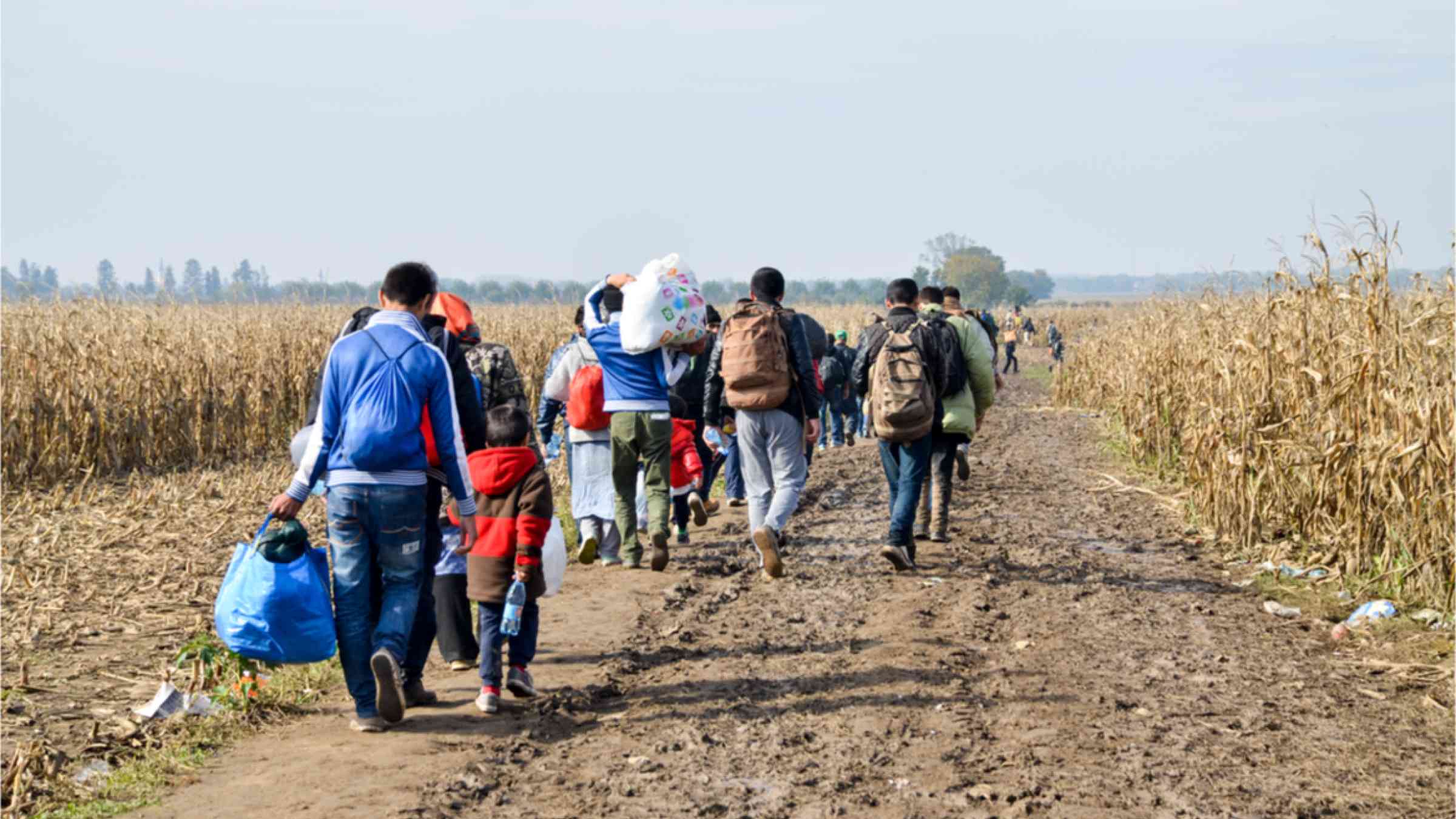Please help us improve PreventionWeb by taking this brief survey. Your input will allow us to better serve the needs of the DRR community.
Increasing heat likely a major factor in human migration

High temperatures also cause heat illnesses and death in migrants along their journey
Rising temperatures due to climate change are likely influencing human migration patterns, according to a new study by Rita Issa of University College London and colleagues, published May 24 in the open-access journal PLOS Climate.
In the last decade, heatwaves were frequent, and surface temperatures were the warmest on record. As the planet warms, many people are expected to leave their homes to escape extreme temperatures. However, the exact role of heat in human migration is not yet understood. To illuminate this relationship, Issa’s team conducted a review of research documents, annual reports, working papers, government documents and scientific literature that examined the impact of heat on human migration or the heat that migrants experience along their journey.
Of the 32 studies that considered how heat impacts migration, half found a correlation between exposure to heat and the likelihood that a person will migrate. The vast majority of the 18 studies that assessed the effects of heat on migrants as they travel reported negative health impacts, such as heat related illnesses, heat stress and early death. The research also reports that people suffered more greatly from the heat when they lived in regions with poor infrastructure, or had insufficient workplace adaptations, lower educational level and low socioeconomic status.
The new study’s findings suggest that heat likely influences human migration patterns, including the timing of when people move, the risks they face along the way and the heat they may experience once they settle. However, the fact that only half of the included studies found a correlation between heat and migration suggests that heat is not the only factor driving migration. The researchers point out that no literature has reported a “temperature threshold” above which people are certain to migrate. Instead, they propose the development of accepted ways to compare temperature measurements, heat impacts and environmental factors that cause migration, which they believe would support future efforts to study climate migrants and enact policies that protect them from harm.
The authors add: "Migration is a valid adaptive response to extreme heat. Part of the reason there is no certain temperature at which people will migrate is instituting adaptive measures that limit the consequences of extreme heat, as we see in places like the UEA where air conditioning is widely used. However, often the poorest and most marginalised remain vulnerable to temperature extremes, including migrants. These findings offer a dual opportunity for action: decisive policy to limit global heating upstream, through reducing carbon and other greenhouse gas emissions; and adaptive strategies that take into account human vulnerability - spanning urban planning, occupational adaptations, household modification and more - to assist in lessening the impacts of heat on human health, wellbeing and productivity."
Explore further
Please note: Content is displayed as last posted by a PreventionWeb community member or editor. The views expressed therein are not necessarily those of UNDRR, PreventionWeb, or its sponsors. See our terms of use
Is this page useful?
Yes No Report an issue on this pageThank you. If you have 2 minutes, we would benefit from additional feedback (link opens in a new window).